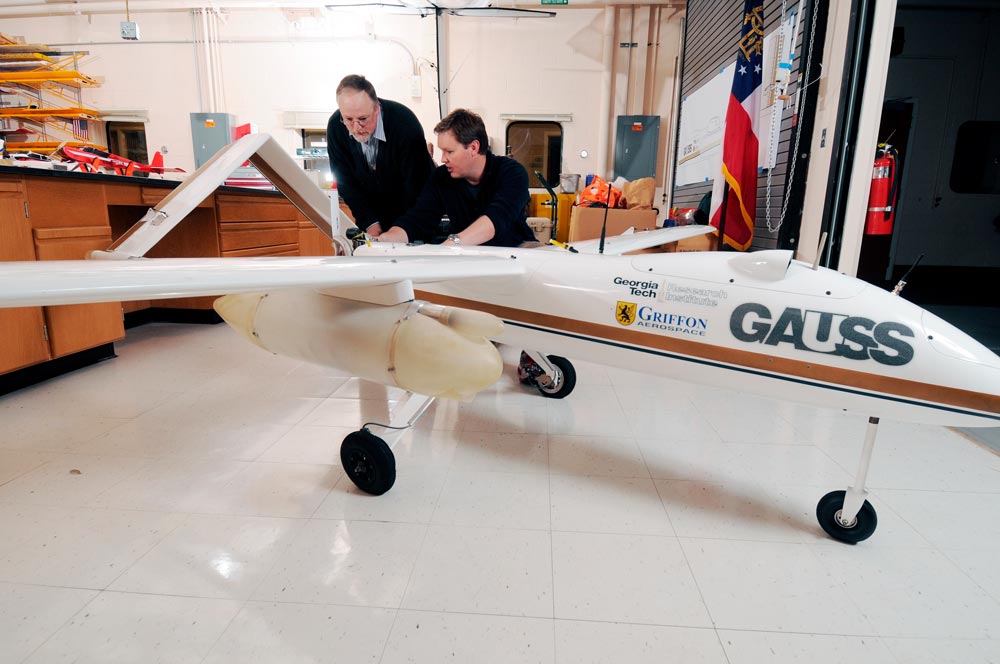
Crash Avoidance Tips From NASA
News
By
Becky Oskin
published

From watching whales to flying through volcanoes, remote-controlled aircraft are becoming a popular research tool. Now NASA has some lessons to share with researchers, pilots and hobbyists who launch unmanned vehicles into the sky.
"Crash Course," a new ebook, details remotely piloted research vehicle and unmanned aircraft system mishaps and their causes, consequences, resultant corrective actions, and lessons learned, according to a NASA statement. Unsurprisingly, most of these "undesired outcomes" come from a long chain of equipment malfunctions and/or human errors, rather than a single spectacular failure.
More at NASA e-Books
Sign up for the Live Science daily newsletter now
Get the world’s most fascinating discoveries delivered straight to your inbox.
TOPICS

Contributing Writer
Becky Oskin covers Earth science, climate change and space, as well as general science topics. Becky was a science reporter at Live Science and The Pasadena Star-News; she has freelanced for New Scientist and the American Institute of Physics. She earned a master's degree in geology from Caltech, a bachelor's degree from Washington State University, and a graduate certificate in science writing from the University of California, Santa Cruz.
Latest
LATEST ARTICLES









